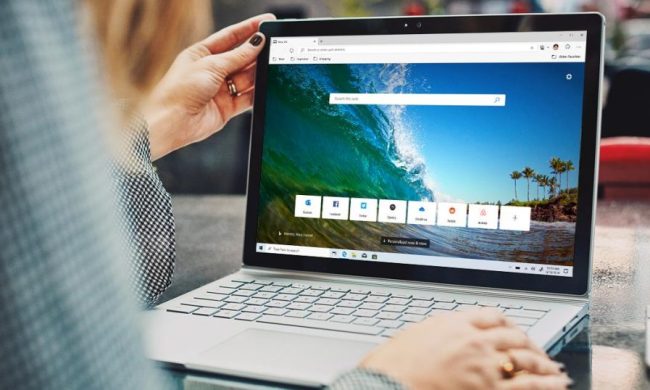At this point, most technologically-savvy individuals are used to the idea of satellites in orbit around the earth, enabling everything from international phone calls and Internet connectivity to GPS systems and the hundreds of channels of television we seem to think are part of our everyday live. Now, in a first for a human rights organization, Amnesty International is using satellite imagery technology for a purely humanitarian purpose: monitoring vulnerable villages in Sudan’s war-torn Darfur region. And you can help.
Amnesty is inviting Internet-connected individuals around the world to help protect 12 Sudanese villages via the Eyes on Darfur project. Unlike other human rights projects using satellite imagery which have documented abuses after they have occured, Amnesty hopes to use satellite imagery and the power of the Internet to prevent harm coming to the vulnerable villages. According to Amnesty’s Ariela Blätter, the Eyes on Darfur project adds new up-to-date images every few days, enabling activists, experts, and other interested parties to track developments on the ground in, if not real time, in something much more up-to-date than years-old imagery.
"Despite four years of outrage over the death and destruction in Darfur, the Sudanese government has refused worldwide demands and a U.N. resolution to send peacekeepers to the region," said Larry Cox, executive director of Amnesty International USA. "Darfur needs peacekeepers to stop the killing. In the meantime, we are taking advantage of satellite technology to tell President al-Bashir that we will be watching closely to expose any new violations. Our goal is to continue to put pressure on Sudan to allow the peacekeepers to deploy and to make a difference in the lives of vulnerable civilians on the ground in Darfur."
The long conflict in Sudan’s Darfur region has claimed an estimated 200,000 to 400,000 lives, and created more than 2.5 million refugees. Although the United Nations has yet to do so, the United States government finally described the conflict and humanitarian crisis there as genocide, and now does so with regularity. Saudi Arabia recently brokered a dubious peace accord between Sudan and neighboring Chad, which may have the effect of giving the Sudanese government room to further exercise its de facto policy of ethnic cleansing in the region.
The Eyes on Darfur site is scheduled to go live at 8:30 AM EDT, June 6. It may be a better use of time than looking for nude sunbathers via Google Earth.


